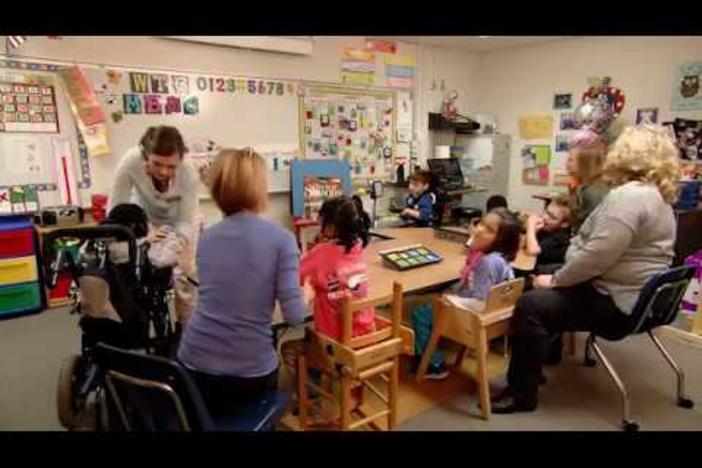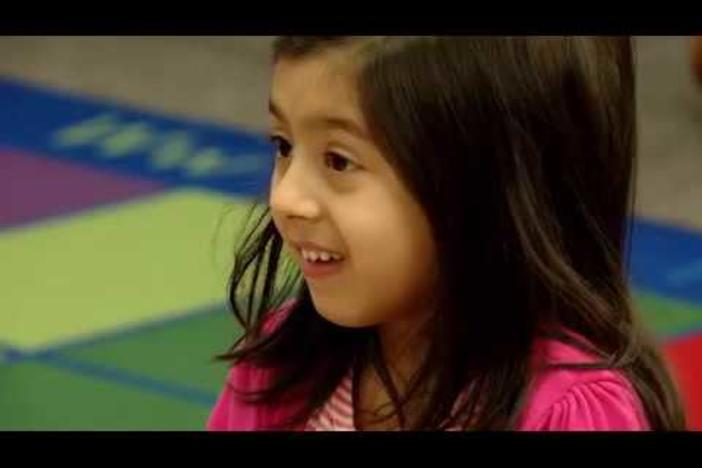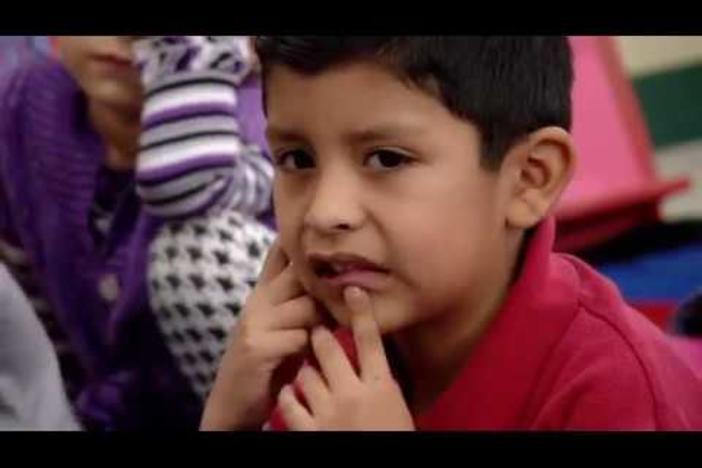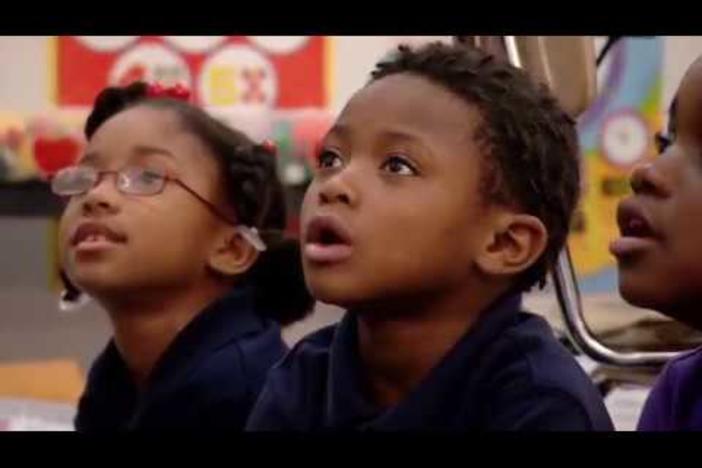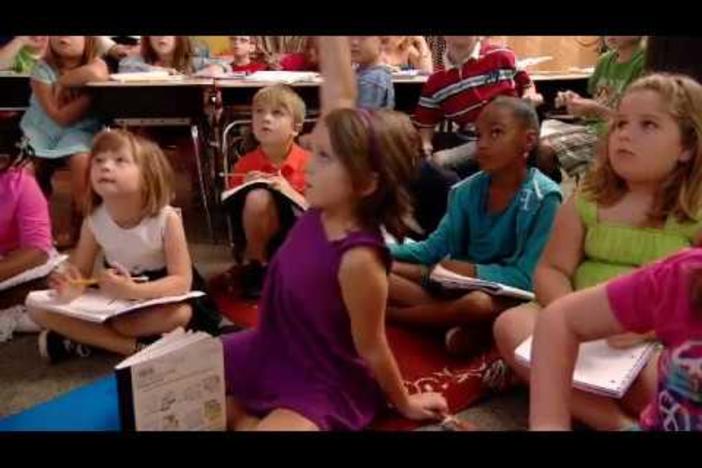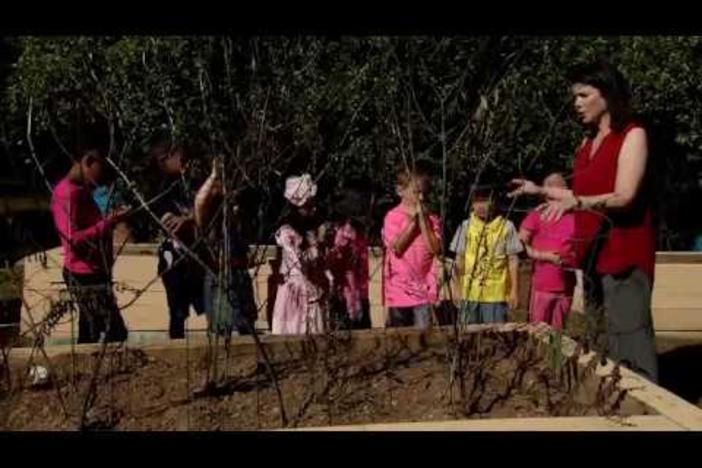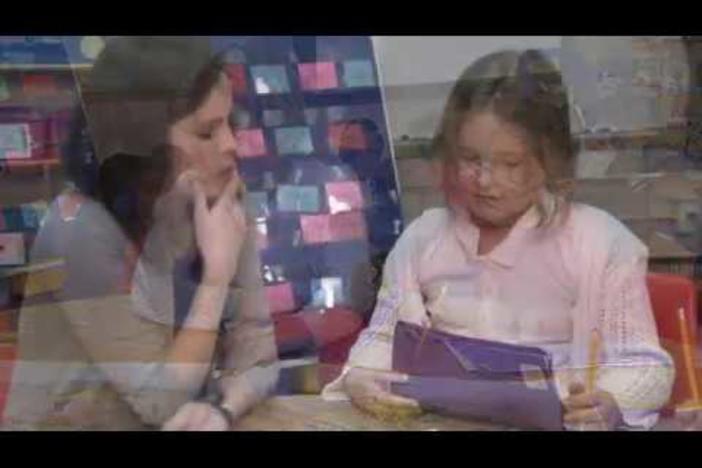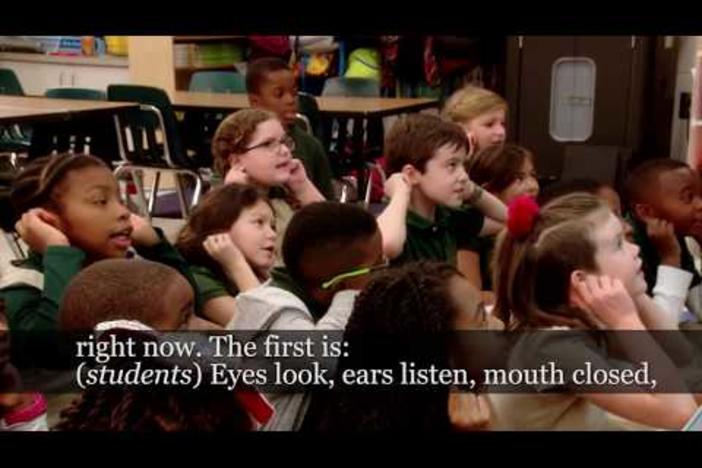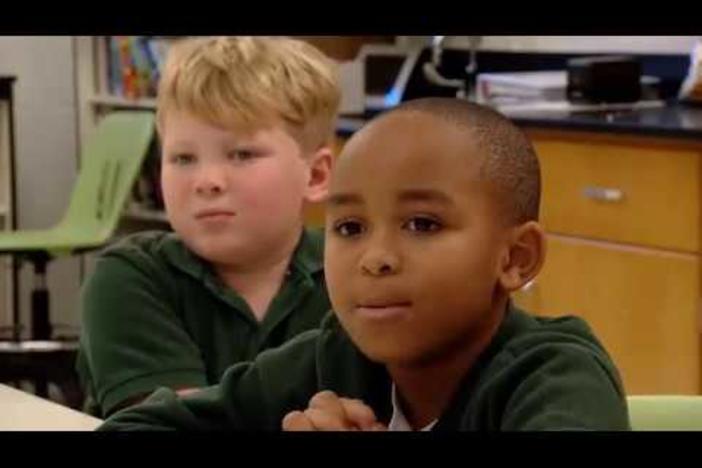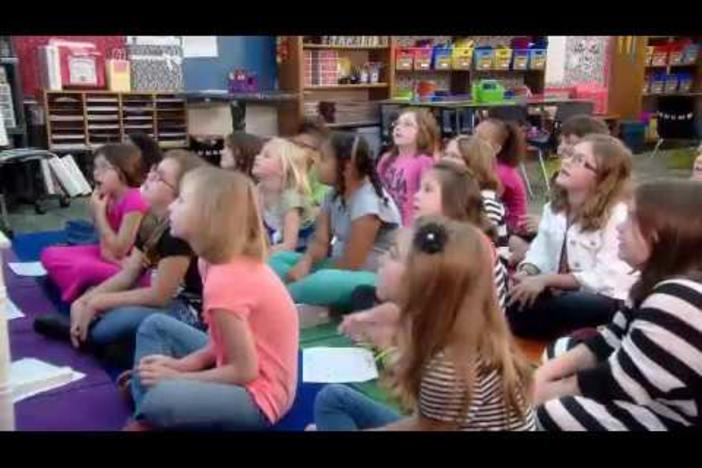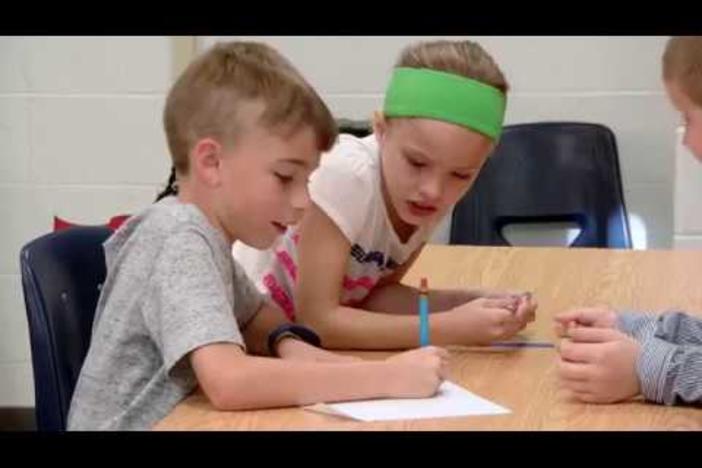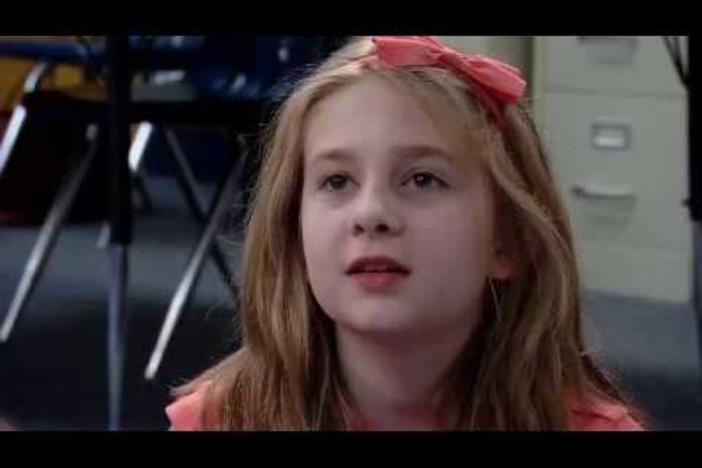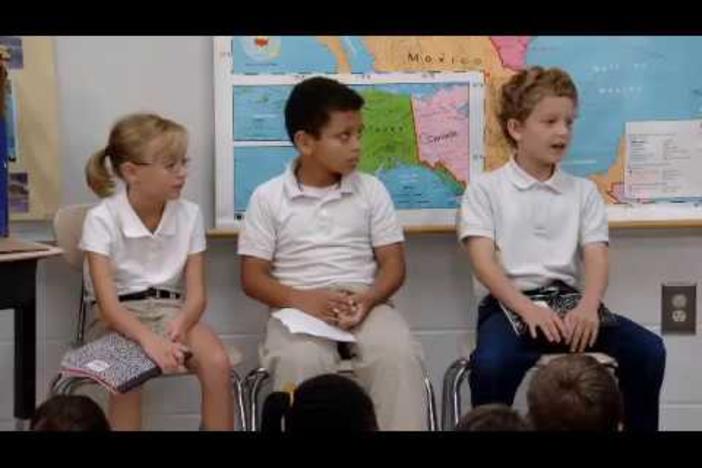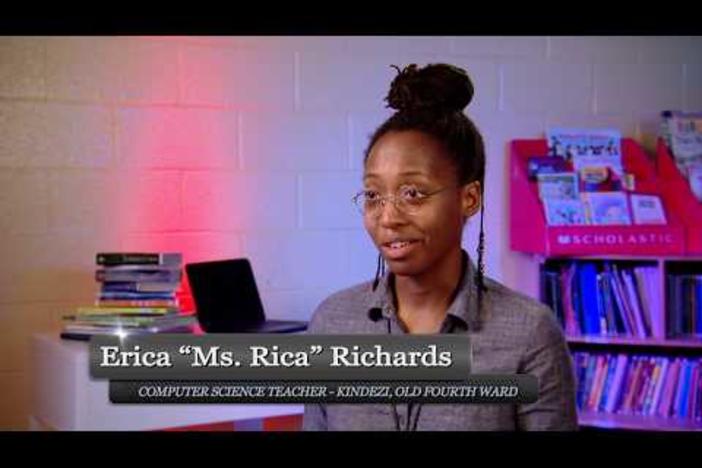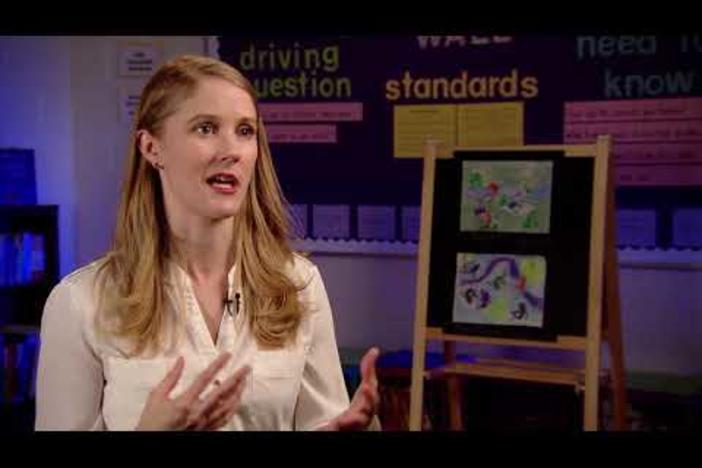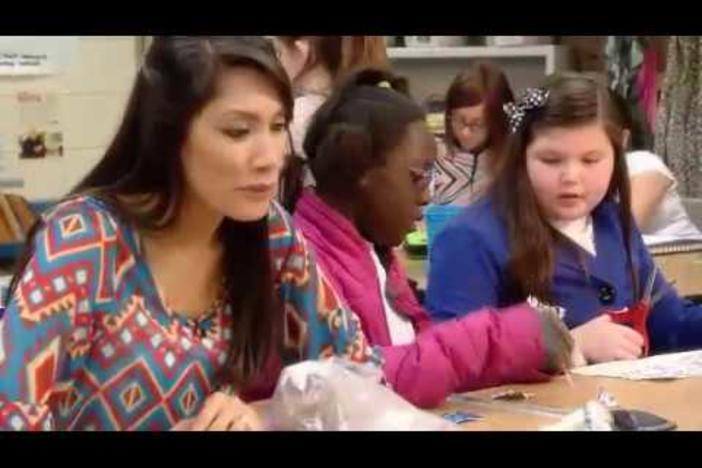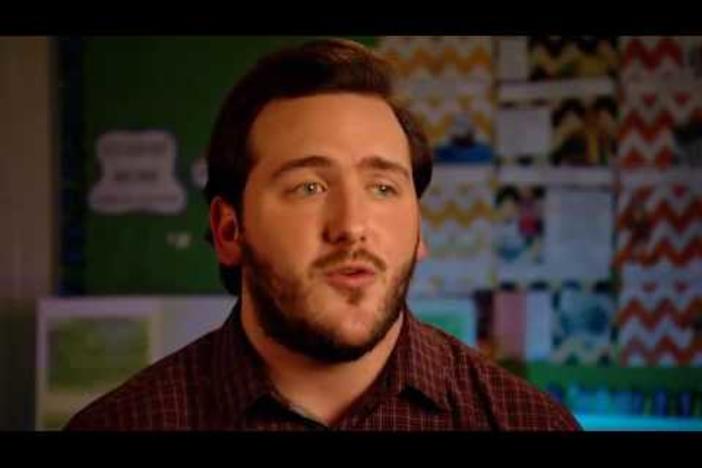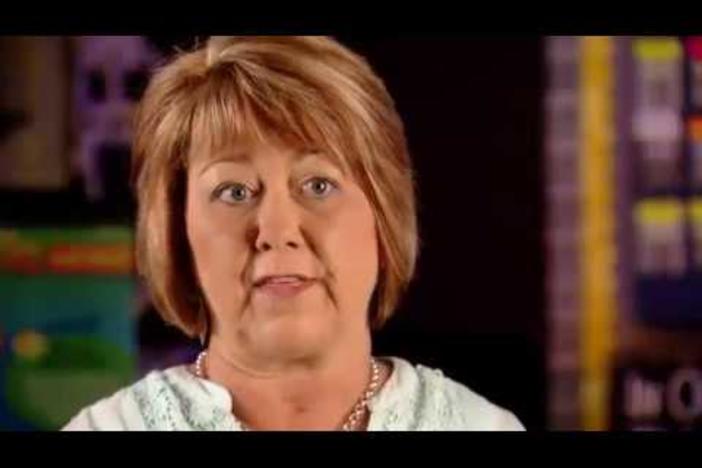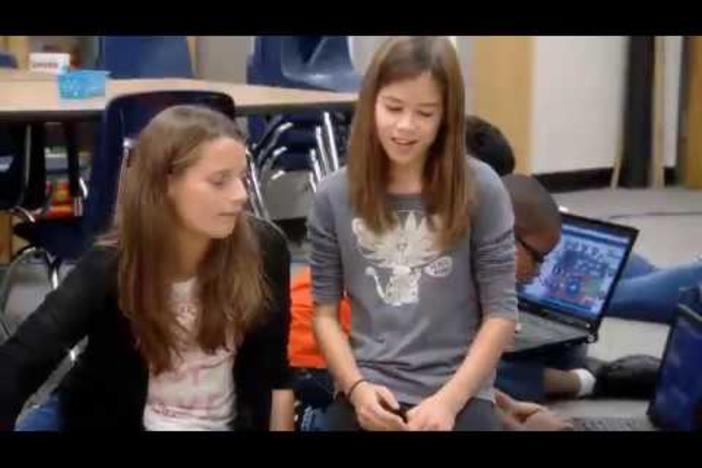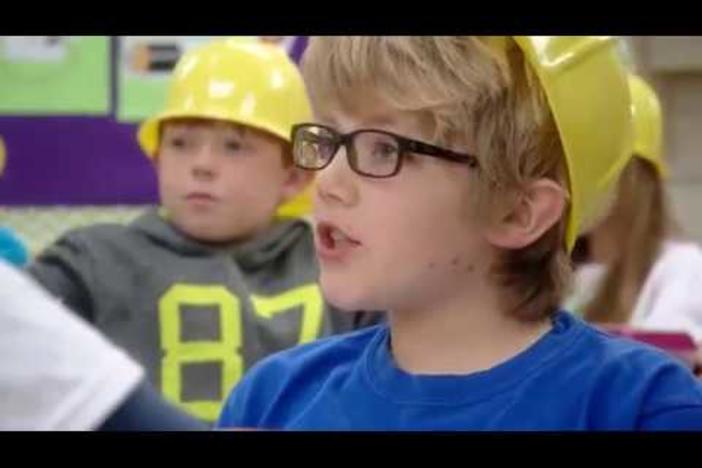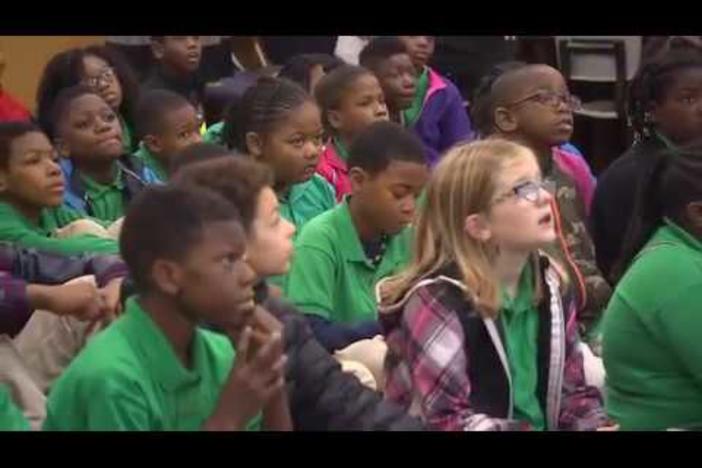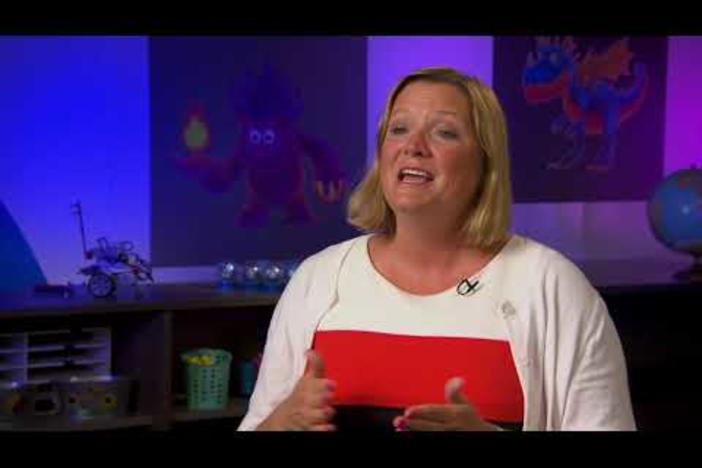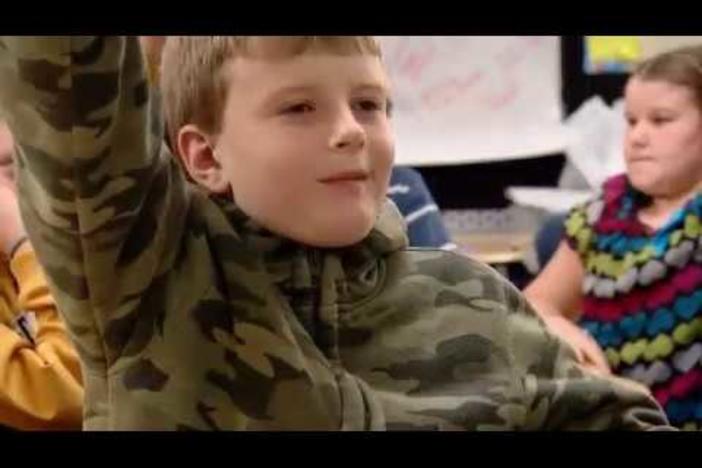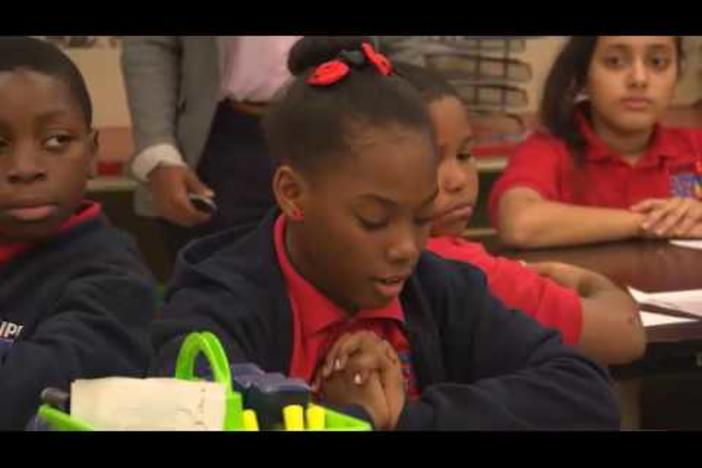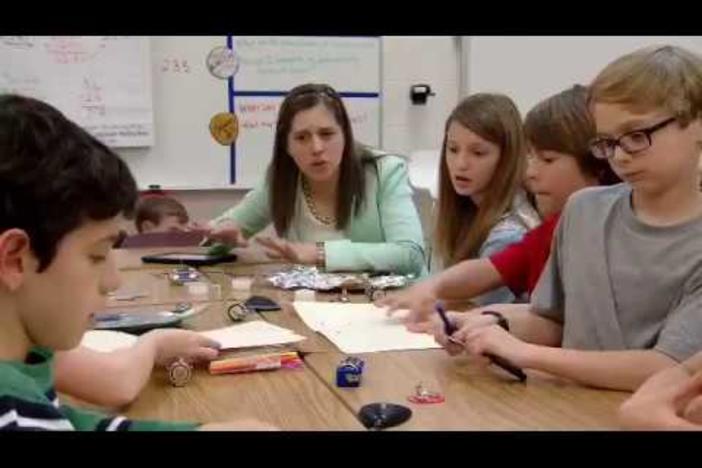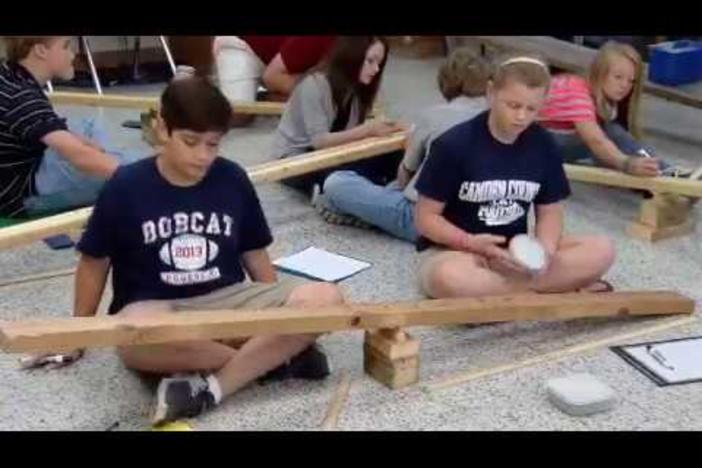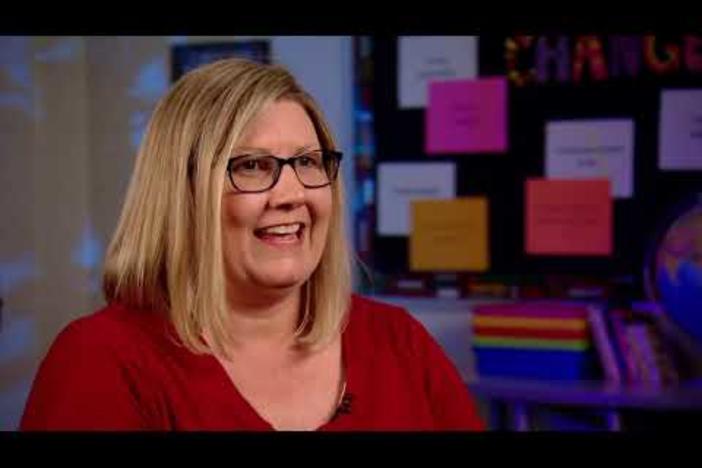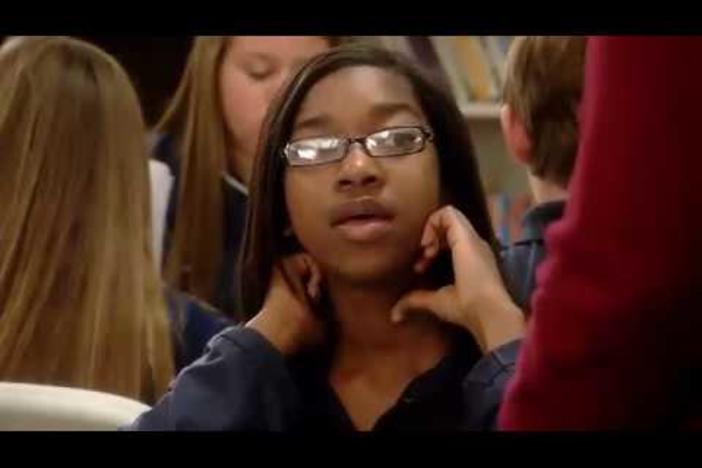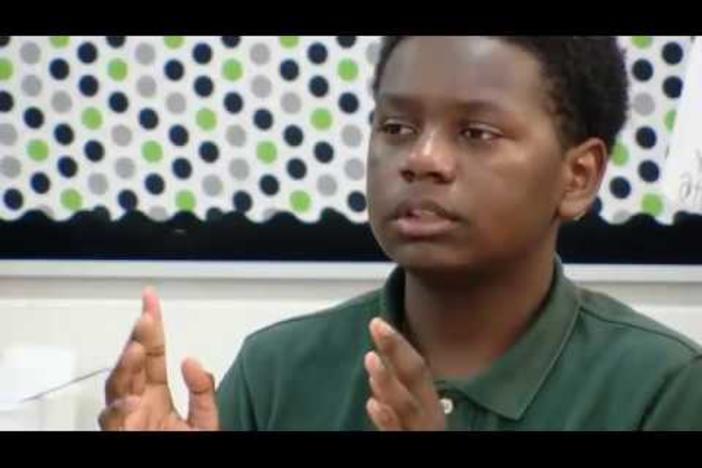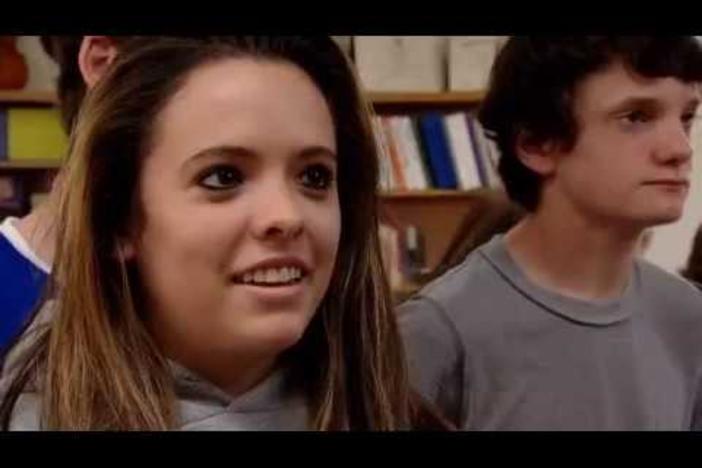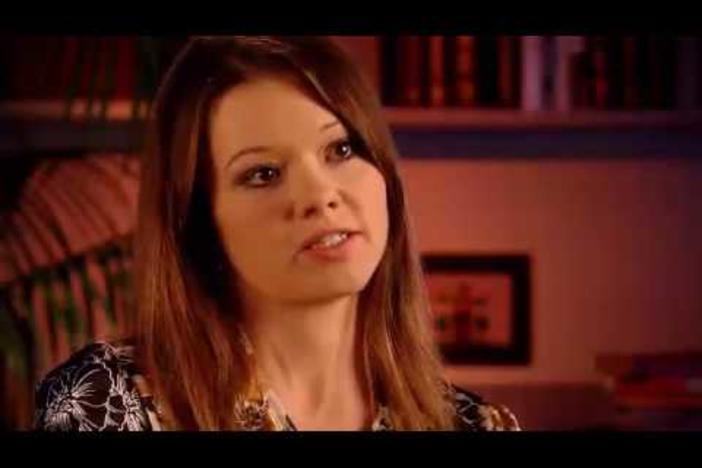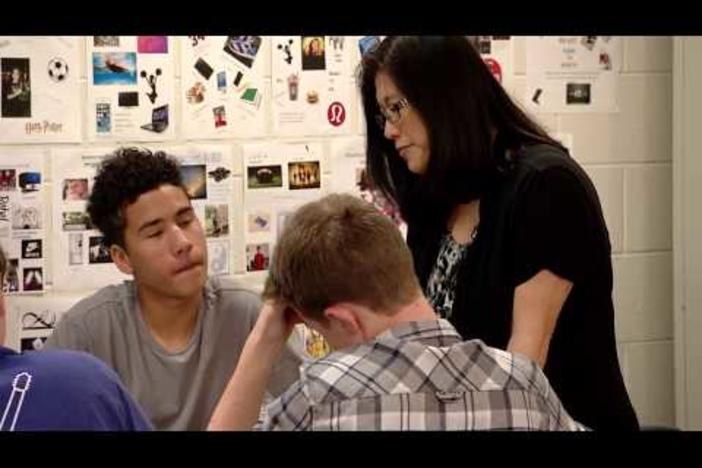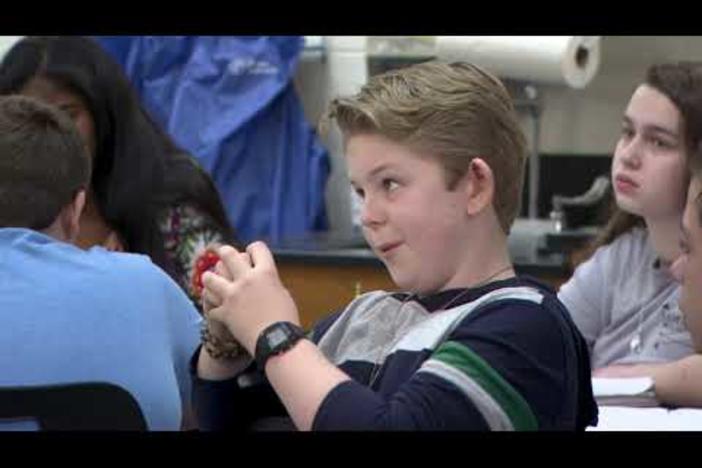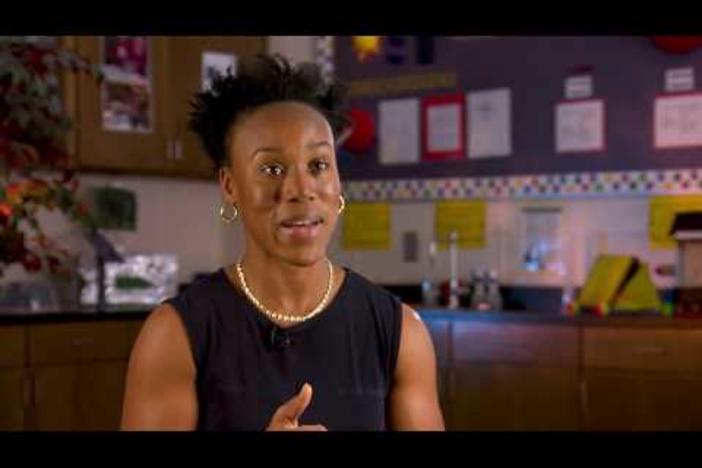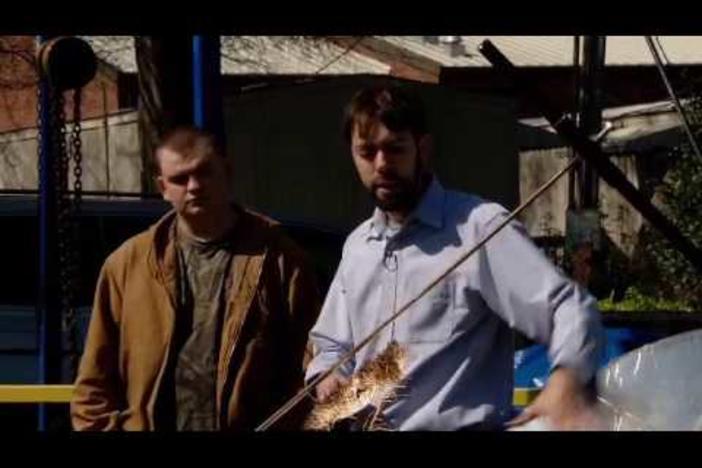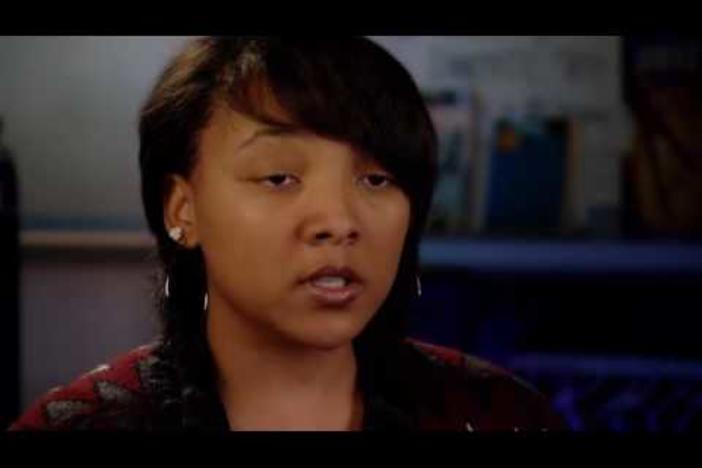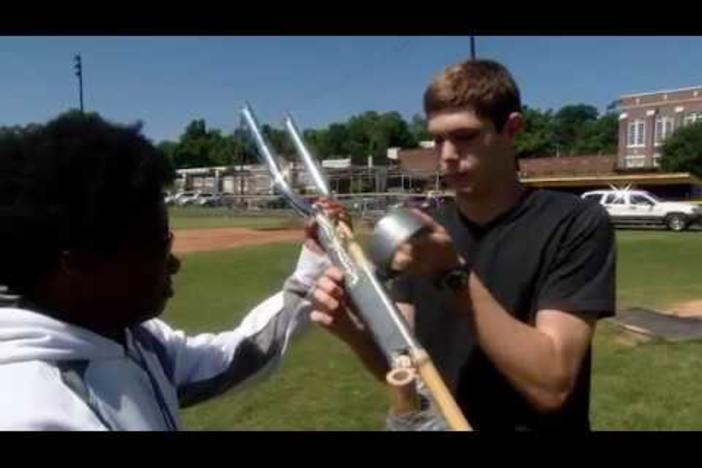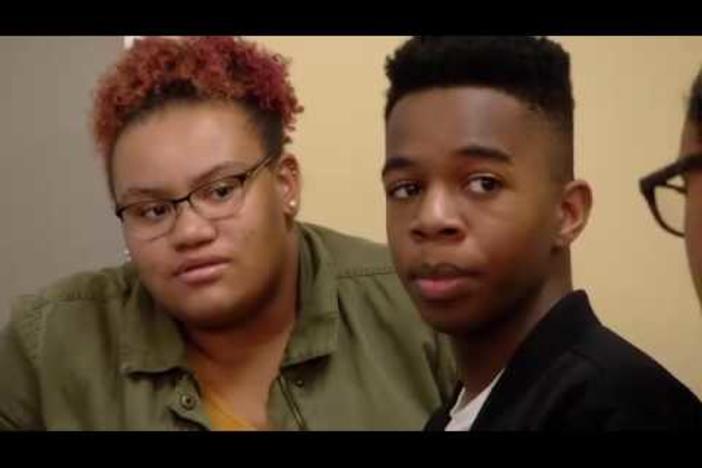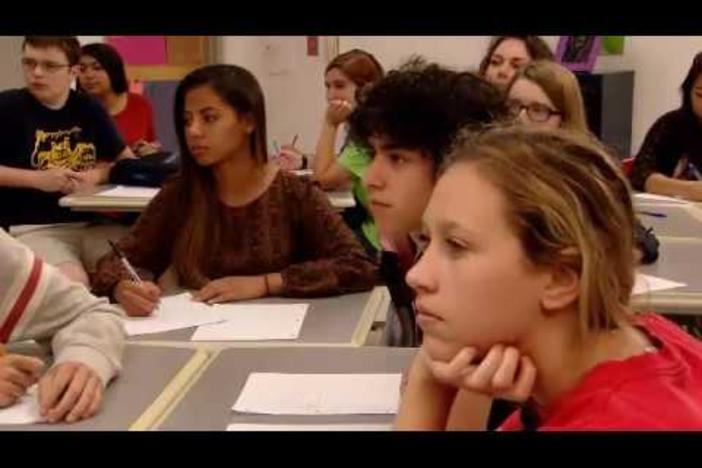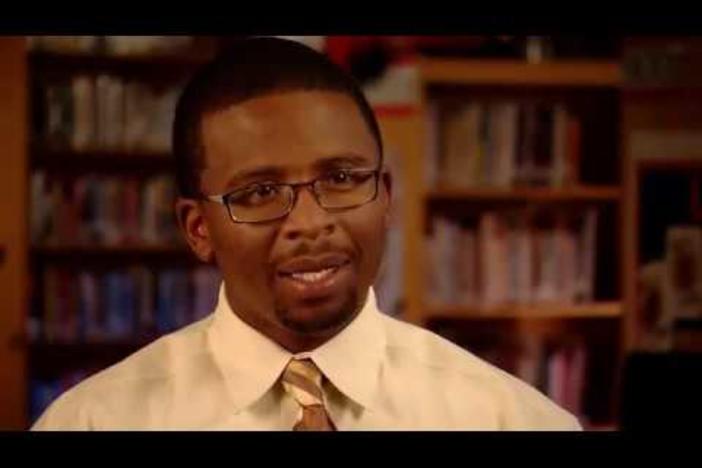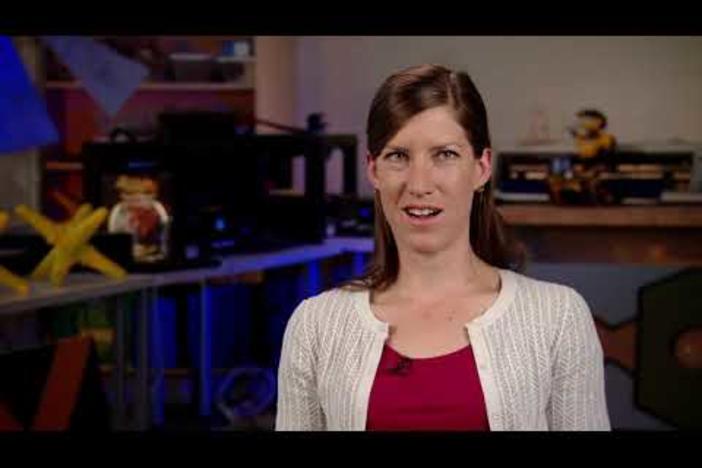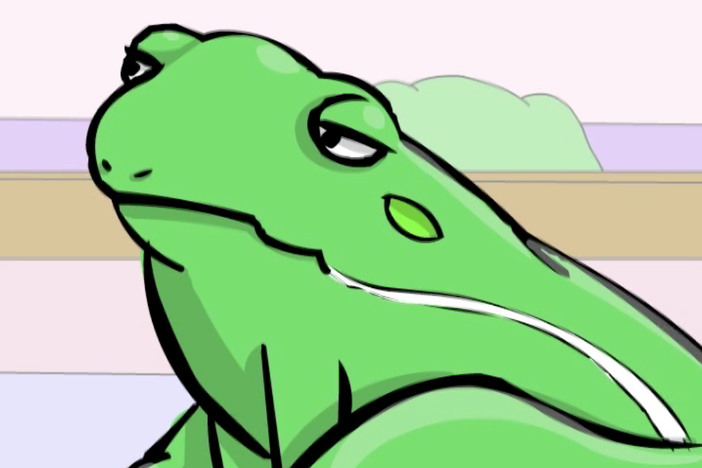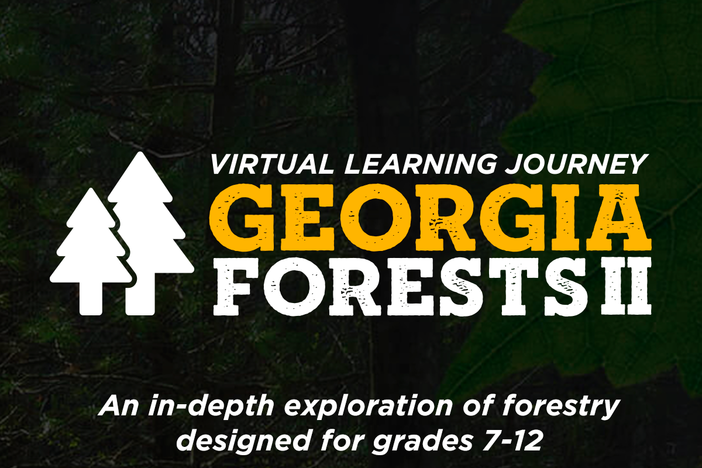Iwitness News: Breaking Into Geometry
In this interactive geometry unit, students work in differentiated groups to master finding the area and volume of two-dimensional and three-dimensional shapes. Throughout the unit, students use technology – including iPads, video conferencing apps, and 3D printers – to identify shapes around the school and practice geometric calculations. The unit concludes with a final project where students diagram, label, and calculate the volume and surface area of their classroom.
Iwitness News: Breaking Into Geometry
In this interactive geometry unit, students work in differentiated groups to master finding the area and volume of two-dimensional and three-dimensional shapes. Throughout the unit, students use technology – including iPads, video conferencing apps, and 3D printers – to identify shapes around the school and practice geometric calculations. The unit concludes with a final project where students diagram, label, and calculate the volume and surface area of their classroom.
Mathematics
Find area of right triangles, other triangles, quadrilaterals, and polygons by composing into rectangles or decomposing into triangles and other shapes; apply these techniques in the context of solving real-world and mathematical problems.
Find the volume of a right rectangular prism with fractional edge lengths by packing it with unit cubes of the appropriate unit fraction edge lengths (1/2 u), and show that the volume is the same as would be found by multiplying the edge lengths of the prism. Apply the formulas V = (length) x (width) x (height) and V= (area of base) x (height) to find volumes of right rectangular prisms with fractional edge lengths in the context of solving real-world and mathematical problems.
Represent three-dimensional figures using nets made up of rectangles and triangles, and use the nets to find the surface area of these figures. Apply these techniques in the context of solving real-world and mathematical problems.
Evaluate expressions at specific values for their variables. Include expressions that arise from formulas in real-world problems. Perform arithmetic operations, including those involving whole-number exponents, in the conventional order when there are no parentheses to specify a particular order (Order of Operations). *For example, use the formulas V = s³ and A = 6s² to find the volume and surface area of a cube with sides of length s = 1/2.*
Interpret and compute quotients of fractions, and solve word problems involving division of fractions by fractions, including reasoning strategies such as using visual fraction models and equations to represent the problem.
*For example:*
* *How much chocolate will each person get if 3 people share 1/2 lb of chocolate equally?*
* *How many 3/4-cup servings are in 2/3 of a cup of yogurt?*
* *How wide is a rectangular strip of land with length 3/4 mi and area 1/2 square mi?*
* *Three pizzas are cut so each person at the table receives ¼ pizza. How many people are at the table?*
* *Create a story context for (2/3)÷(3/4) and use a visual fraction model to show the quotient;*
* *Use the relationship between multiplication and division to explain that (2/3)÷(3/4)=8/9 because 3/4 of 8/9 is 2/3. (In general, (𝑎/𝑏)÷(𝑐/𝑑)=𝑎d /𝑏c .)*
Fluently divide multi-digit numbers using the standard algorithm.
Fluently add, subtract, multiply, and divide multi-digit decimals using the standard
algorithm for each operation.
-
About the Teacher
Ashley Bailey
Bear Creek Middle School
Barrow County SchoolsAshley Bailey is currently a 6th grade mathematics teacher at Bear Creek Middle School in Statham, Georgia. Hanging on her wall in her classroom is a picture she drew in kindergarten that says, “When I grow up, I want to be a teacher.” Teaching has always been her calling, and she hopes to inspire students the way she was inspired by teachers growing up. Ms. Bailey believes it is important to move beyond the “sit and get” model of teaching and engage students in hands-on learning. This approach nurtures student independence, motivation, and investment in learning. Above all, she knows she has done her job when her students show enthusiasm for the projects they do in class. Her best piece of teaching advice is to try something new, and if it doesn’t work, try something else. Ms. Bailey received her Bachelor of Science in Middle Grades Education from Piedmont College, Master of Education from Brenau University, and an Education Specialist degree from the University of West Georgia. She has been selected as teacher leader in Barrow County Schools for the last two school years. In this role, she hosts professional learning three times a year for teachers throughout the district. She also serves as a representative on the School Governance Team and a Digital Coach for the county.
